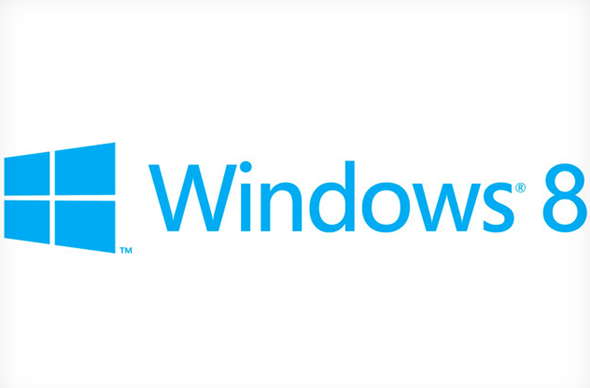Microsoft has begun to unveil plans of how its tiled Windows 8 operating system will be scaled to fit different tablet screens and resolutions across the board, revealing that there will be support for Retina-Like displays.
Keeping developers posted via its Building Windows 8 blog, the Redmond-based software maker noted that its upcoming, cross-platform OS will be able to handle various screen resolutions. This is because the designing of the UI elements and pixel density settings is such that no scaling is applied to elements at 1366×768 – the very minimum requirement of running the Metro aspect of Windows 8.

An HD, 1920×1080 pixel tablet will scale elements at 140%, while 180% scaling will be applied to quad-XGA tablets at 2560×1440. Simply put, the interface will look sharp on any resolution, and the same amount of information will be seen on each display – irrespective of pixel density.
Currently, the resolution in Windows plays a significant part in how much information is seen. Low-res displays tend to show less tabs, icon rows and columns, and much less in general that than a higher-res display. Since that 1366×768 minimum is now in place, at worst, a display running Windows 8 in full will be above 720p, meaning there’s no need for certain segments to be chopped out in order to make the OS fit the screen.
Midway through the post, Microsoft then proceeds to post an image outlining the standard sizes and resolutions likely to be found with Windows 8. Whilst that alone doesn’t sound altogether riveting, 10.1" and 11.6" sizes are featured, both with the high resolution of 2560×1440. A Windows 8-based Retina tablet would certainly seem an appealing concept, and one would have thought – with many more years of research than Google has with Android, Microsoft will carry the rather large burden of challenging Apple in the tablet market.

With LCD specialist Samsung also touted to be prepping a Retina display of its own in order to do battle with the new and improved iPad, it does look as though the entire market will be shifting towards the sharper, clearer finish that the much-higher resolution offers a device.
It’s worth pointing out that 2560×1440 on a 10.1" display would just shade the new iPad for pixel density, at 291 PPI compared to 264 PPI. Then again, there will be a lot more to competing with the iPad than a slightly sharper display.
You can follow us on Twitter, add us to your circle on Google+ or like our Facebook page to keep yourself updated on all the latest from Microsoft, Google, Apple and the web.

